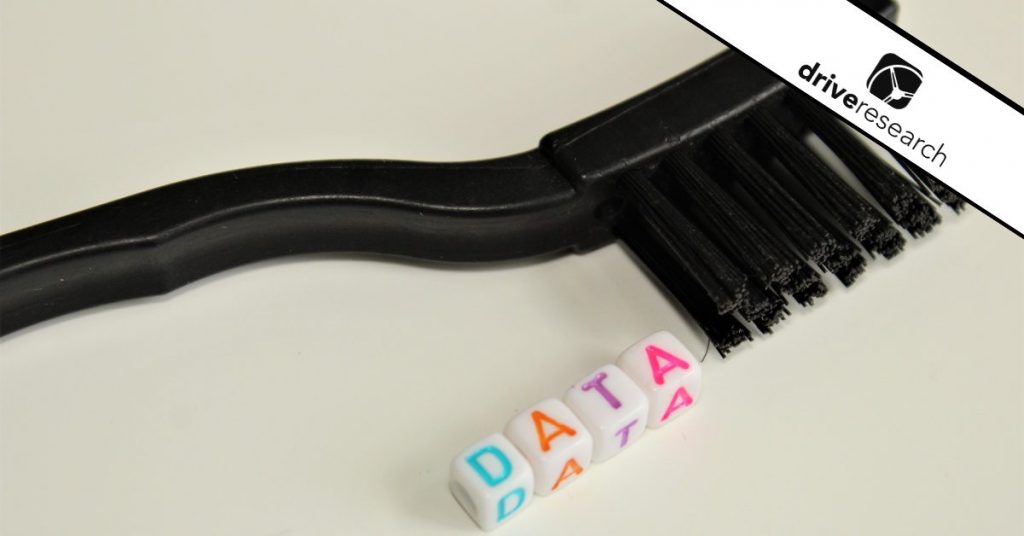
Data, data everywhere. Life in market research surrounds you with data. Those who manage survey projects know the launch of a survey is only the beginning of the process. Once the data starts rolling in your work has only just begun.
The best market research firms spend a lot of their time quality-checking and proofing data files in market research. They scrub the data daily. The examine each and every data point. They torture the data to a point where it is 100% error-free.
Here are 4 basic tips to quality check a data in market research before beginning your report.
Tip 1: Clean open-ends
Let’s start with the most obvious of obvious steps. Cleaning the open-ends. This is less of an issue with CATI survey completed by telephone or intercept surveys where the representative types in respondent answers. This is more of a problem with online and mobile surveys where respondents type in responses directly.
Regardless of methodology, all market research requires some level of cleaning. Not only will you likely have to code the open-ended responses but you’ll have to proof them for grammar, edits, and typos.
Not the most glamorous job for a Market Research Analyst, but a necessary one. You’ll likely want to grab a coffee while you do this. Or save yourself for an adult beverage after you are complete. The choice is yours.
Tip 2: Check for consistency across answers
Logic matters in market research. Responses to one question should match up to responses for other questions. An example here is, if a respondent says they did not shop at the store in the past 6 months, there should not be a comment later in the survey that says, “When I was in your store last week, I noticed…”
This type of logic check is something all analysts review as part of their data quality checks. If you find respondents who are not providing consistent answers the case can be flagged as such, and possibly removed from the data file.
Don’t isolate each question in a silo. Make sure you not only review column by column (question by question) but also row by row (respondent by respondent).
Tip 3: Review other(s)
An often forgotten but very important data quality check in market research. These variables should be something you review early in the fieldwork process. Why?
As part of the MECE rule to make your question collectively exhaustive, an other is necessary for lots of questions. If you have a high percentage of other(s), you may have found out that you missed a category. If you are conducting an online survey and it’s early enough you may be able add this to the survey while it is still live.
Much like open-ended cleaning, other(s) also require some level of cleaning as well.
Tip 4: Review skip patterns
Another initial quality check you’ll want to run is analyzing frequencies of each question to make sure the data runs match the skip patterns you built into the programming. If all initial 70 respondents were asked a question, yet skip patterns dictate it should have only been 30, there is clearly an error in your routing or branching.
Reviewing and scrubbing a data file can point out these mistakes early giving you an opportunity to fix them before it’s too late.
Contact Our Market Research Firm
Drive Research is a market research firm. We specialize in all types of qualitative and quantitative market research. This includes intercept surveys and online surveys.
Contact us at [email protected] or call us at 315-303-2040.



